Cultivating a World Free from Hunger: Join the Growing to Give Movement
Imagine a World of Possibility: Imagine a world where the most resourceful and productive
community farms and gardens thrive, nourishing communities with fresh and sustainable produce. Now, imagine those
farms and gardens being gifted to communities passionate about sustaining them for years to come. That's what
we're all about at Growing to Give — creating a movement of generosity and empowerment through innovation in
agriculture.
Agriculture with Purpose: Agriculture is more than survival for people in need. It’s a source of
pride and purpose, a way to connect with the land and with each other. It’s a means to grow, give, learn new
skills, and contribute to the common good. By promoting sustainable farming and gardening practices, Growing to
Give is working to free millions from hunger and build resilient communities across America and around the world.
Our Mission
Growing to Give aims to combat hunger, improve food security, and promote environmental stewardship through
agricultural and plant-based nutritional development. We support community food-growing initiatives, gardens, and
urban small-scale farms. Our mission is to empower marginalized and climate-vulnerable communities to grow their
own fresh produce, reducing reliance on traditional food distribution systems and enhancing food security, health
and well-being, nonprofit partner and farm revenues, and self-sufficiency.
Our Vision
We envision a world where sustainable food sources free people from hunger and the devastating effects of poverty.
Together, we can transform lives through the power of agriculture and community.
Food Programs:
We believe everyone deserves the opportunity to grow nutritious food in any setting. Our Root Tube
Gardens program specializes in creating productive gardens using containers, perfect for those with
limited space. For those fortunate to have a backyard or community garden plot, our Crop Circle
Gardens offer a high-yield approach that makes every inch count. Click any image below to learn
more about each of these programs and how you can get involved.
Initiatives:
Growing To Give project initiatives are designed to create impactful, lasting impacts for both communities and the
environment. By combining innovative approaches to sustainable land use, community empowerment, and ecological
restoration, these initiatives aim to address pressing global challenges such as habitat loss, climate change, and
food insecurity. Through education, sustainable agriculture and ecological restoration, our Growing To Give can
make a meaningful difference for both people and the planet.
The Spiral River Project
The Spiral River Project, a Growing to Give initiative, focuses on reclaiming abandoned landscapes through ecological restoration. This innovative project transforms neglected areas into thriving ecosystems by creating rewilded natural environments within the loop of a spiral-shaped river. The river is carefully stocked with indigenous aquatic species to support biodiversity and restore balance to the ecosystem. Click the image below to learn more about this inspiring project and discover ways you can contribute to its success.
The Spiral Farm Project
The Spiral Farm Project, another Growing To Give Initiative was created to provide fresh, locally grown produce to
those in need. Beyond its role as a sustainable food production system, the Spiral Farm Project envisions itself
as a vibrant community space where people can gather, learn, and share. Its carefully designed layout incorporates
spaces and places for people to sit and chat, pick vegetables and share their life experiences. Click on
the image below to learn how you can support our efforts.
Growing to Give: Sowing Seeds of Hope
Growing to Give is a movement dedicated to transforming lives through innovative agricultural practices and
community empowerment. It envisions a world where sustainable community farms and gardens flourish, providing
fresh, nutritious food and fostering self-reliance in marginalized and climate-vulnerable communities. By
promoting sustainable farming and plant-based nutrition, we aim to combat hunger, improve food
security, and nurture environmental stewardship. Through initiatives like the Root Tube Gardens for limited spaces
and the high-yield Crop Circle Gardens, Growing to Give empowers individuals to grow their own food, enhancing
health, well-being, and self-sufficiency. At its core, the movement emphasizes agriculture as a tool for building
resilience, cultivating pride, and strengthening connections between people and the land.
Cultivating a Better Tomorrow
Growing to Give drives impactful initiatives such as the Spiral River and Spiral Farm Projects, blending
ecological restoration with sustainable agriculture. The Spiral River Project reclaims abandoned landscapes,
creating rewilded natural environments that support biodiversity and indigenous aquatic species. Similarly, the
Spiral Farm Project provides fresh produce to those in need while serving as a vibrant community hub for
education, collaboration, and sharing life experiences. These initiatives address pressing global challenges like
climate change, habitat loss, and food insecurity, demonstrating how thoughtful land use and community engagement
can create lasting environmental and social benefits. Together, Growing to Give’s programs and initiatives inspire
action, empowering people to join a global movement of generosity and sustainable living.
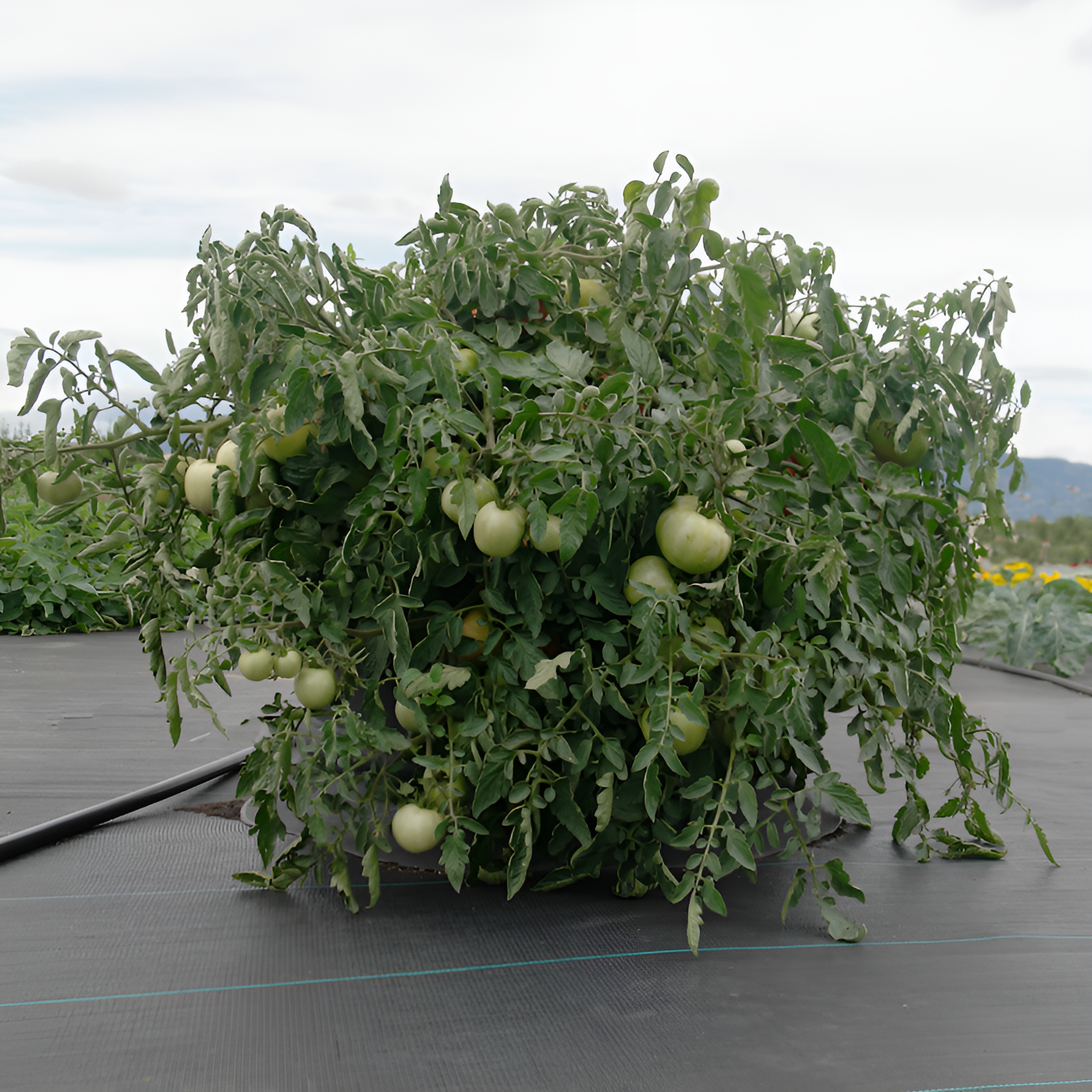
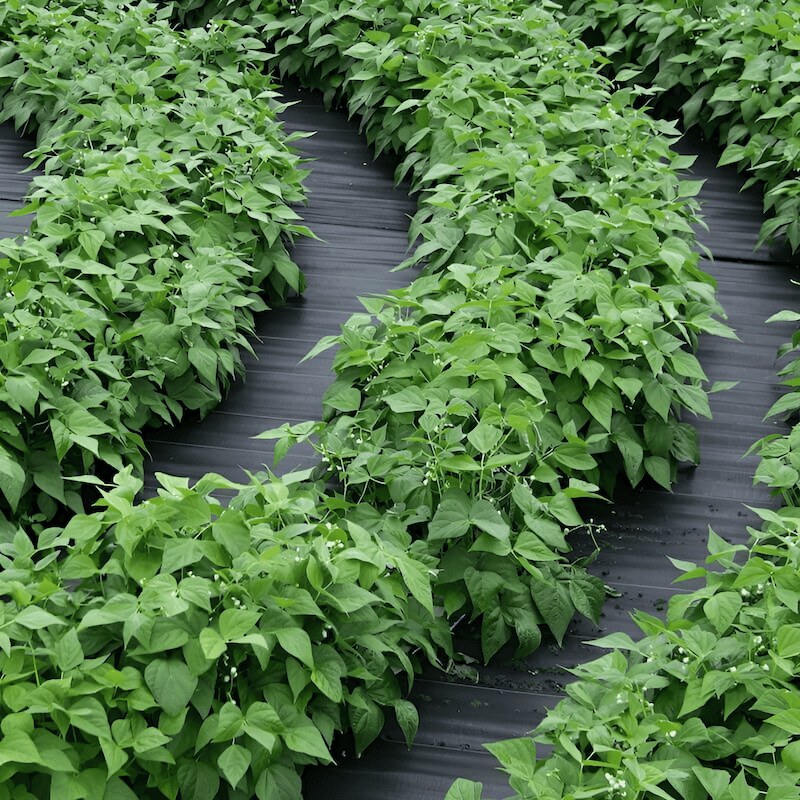

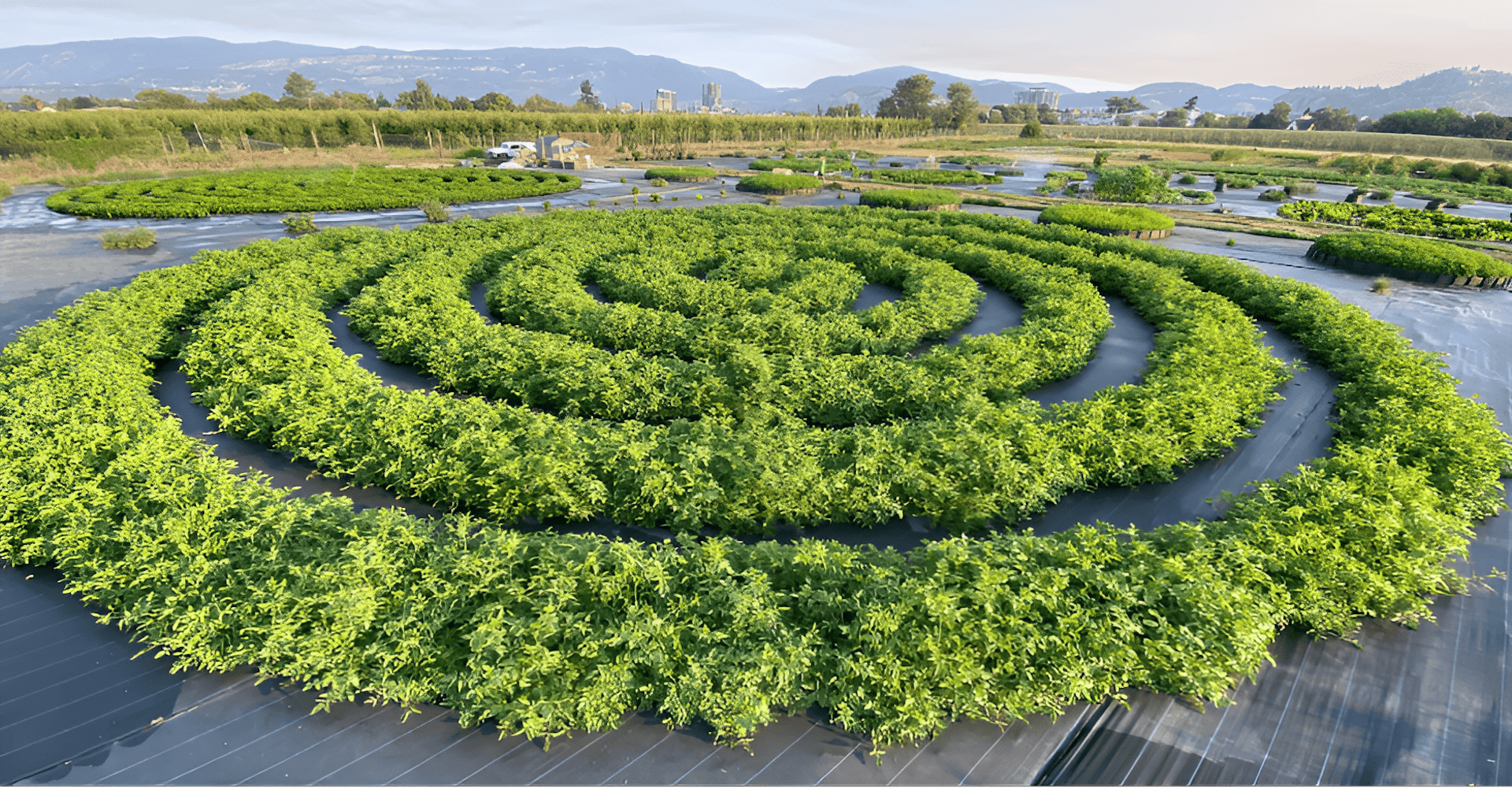




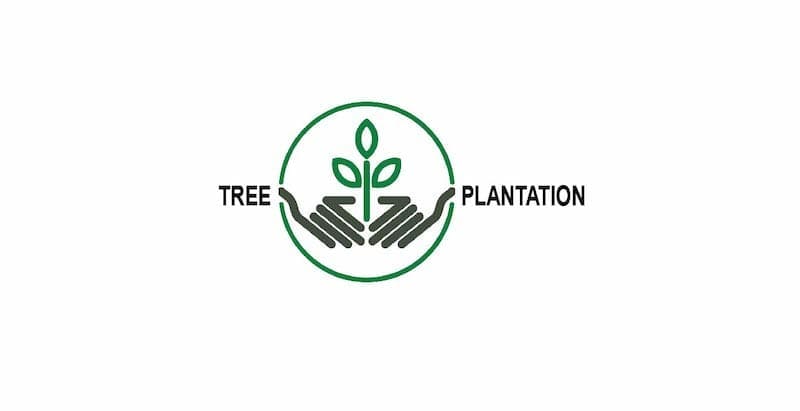
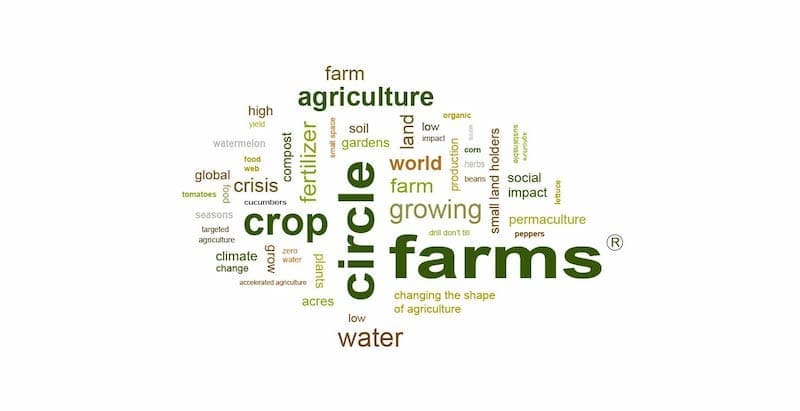



.png)
.png)
.png)

.png)